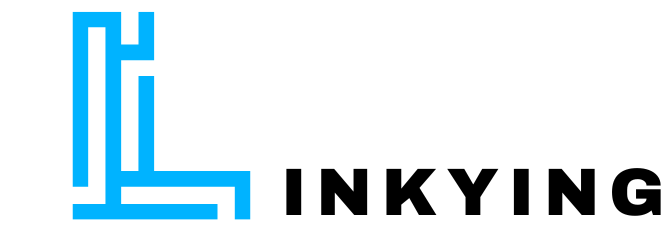
A vacuum system is a vital part of many scientific and industrial processes. Whether you are working in material science, semiconductor manufacturing, or laboratory research, the efficiency and reliability of your vacuum system are crucial. One key component that can enhance the performance of your system is a linear vacuum feedthrough. Understanding how it works and the benefits it offers can help you make better decisions for your vacuum setup.
What is a Linear Vacuum Feedthrough?
A linear vacuum feedthrough is a specialized device designed to transfer motion from outside a vacuum chamber to inside without breaking the vacuum seal. It allows for precise movement along a straight path, often used for positioning sensors, probes, or other equipment within a vacuum environment. The device ensures that the vacuum integrity is maintained while enabling controlled mechanical movement. Its design typically involves high-quality materials and sealing mechanisms to prevent leaks and contamination.
Maintaining Vacuum Integrity
One of the main challenges in any vacuum system is maintaining a strong, consistent vacuum. Even small leaks can reduce efficiency, increase energy consumption, and compromise experimental results. A linear vacuum feedthrough is engineered to prevent such leaks. By using advanced sealing techniques, such as O-rings or bellows, it ensures that the vacuum environment remains stable even while moving internal components. This protection helps your system maintain optimal performance over time.
Improving Precision and Control
Precision is essential in vacuum applications, especially in research and high-tech industries. A linear vacuum feedthrough provides accurate linear motion, allowing components to be positioned with high precision inside the vacuum chamber. This level of control is particularly important for tasks such as aligning samples, adjusting measurement probes, or operating mechanical parts without disturbing the vacuum. By ensuring smooth, controlled movement, a linear vacuum feedthrough can significantly enhance the quality of your processes and experiments.
Reducing Wear and Maintenance Needs
Traditional methods of introducing motion into a vacuum chamber often involve complex mechanisms that can wear out quickly or require frequent maintenance. In contrast, linear vacuum feedthroughs are designed to be durable and reliable. The materials used in their construction are resistant to corrosion, friction, and contamination. This durability reduces the need for frequent maintenance, minimizes downtime, and extends the overall life of your vacuum system. For businesses and laboratories, this can translate into cost savings and more consistent performance.
Enhancing System Versatility
Vacuum systems are often used for multiple applications, and flexibility can be a major advantage. A linear vacuum feedthrough allows operators to move components inside the chamber without dismantling the system or breaking the vacuum. This adaptability means you can perform different experiments or tasks without extensive setup changes. By improving versatility, a linear vacuum feedthrough can make your system more efficient and capable of handling a wider range of applications.
Supporting High-Tech Applications
Many high-tech industries rely on vacuum systems for precise and controlled processes. Semiconductor fabrication, thin-film deposition, and material testing often demand both vacuum integrity and precise internal movement. A linear vacuum feedthrough is ideal for these applications because it allows for accurate positioning while preserving the vacuum environment. Its presence in the system ensures that delicate or sensitive procedures are carried out effectively, reducing errors and improving overall productivity.
Conclusion
Incorporating a linear vacuum feedthrough into your vacuum system offers multiple benefits. From maintaining vacuum integrity and improving precision to reducing maintenance needs and enhancing versatility, this component is an essential addition for anyone looking to optimize their vacuum operations. By understanding its functions and advantages, you can make informed choices that improve the reliability and efficiency of your system, whether in industrial processes, scientific research, or high-tech applications. A well-chosen linear vacuum feedthrough is more than just a mechanical component—it is a key factor in achieving consistent, high-performance vacuum operations.


